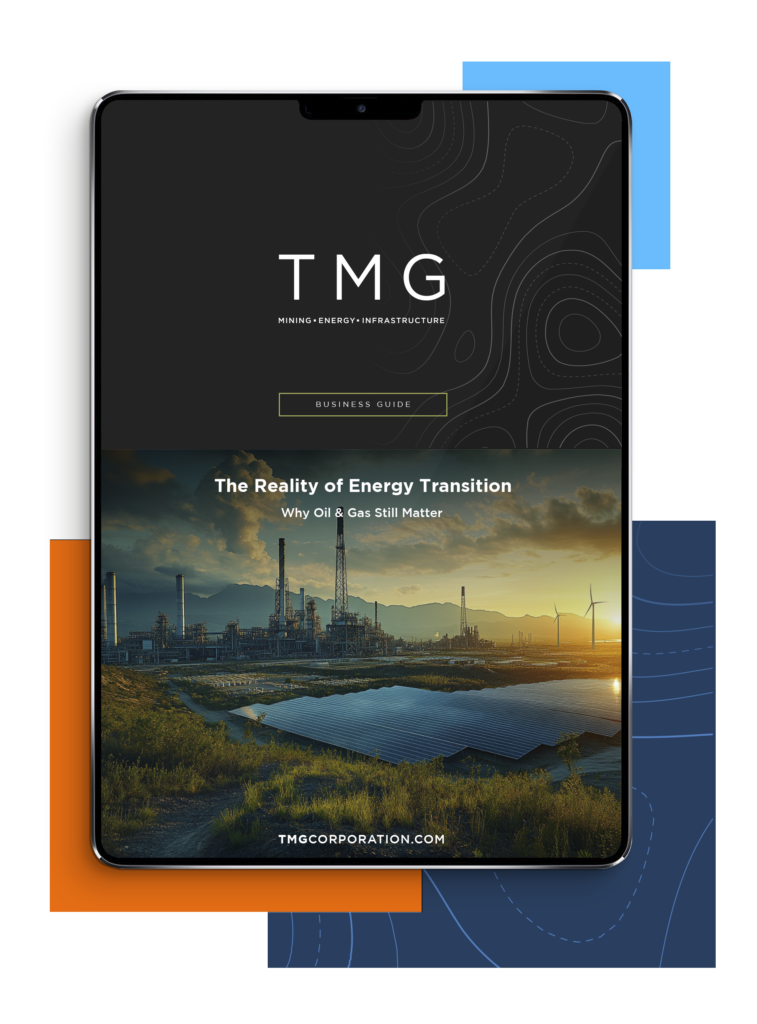Call Us Today: +1 866 205 2414
Strategy is meaningless if it doesn’t make it to the field. In capital projects, leadership teams spend months refining business cases, defining objectives, and securing approvals. But too often, that strategic vision fades as it moves downstream. By the time boots are on the ground, the project has become a sequence of tasks, contracts, and schedules—disconnected from the purpose that set it in motion.
The result isn’t just demotivation. It’s misalignment. Field teams begin to interpret success based on what’s in front of them: meeting the daily target, completing the checklist, and closing the loop. That’s execution without context. And in high-stakes environments, execution without context becomes fragile.
When leadership alignment is strong, strategy doesn’t stay in the boardroom. It travels—visibly, consistently, and credibly—to the site.
Leaders often assume their strategic intent has been communicated simply because it was presented; however, this is not always the case. But vision isn’t transferred through PowerPoint. It has been implemented through structure, language, and behavior, reinforced consistently across every level of the organization.
Translation means taking big-picture priorities and turning them into actionable decisions. If “safety is a non-negotiable,” what does that mean for contractor onboarding? If “cost certainty is a priority,” how does that affect change order approvals? If “long-term operability matters most,” how are short-term trade-offs evaluated?
These are not rhetorical questions. They are the link between vision and behavior. Without that link, field teams make the best decisions they can with limited context, hoping they align with the overall strategy.
Project culture doesn’t emerge from values posters or leadership speeches. It appears from what gets noticed, rewarded, and corrected.
Suppose field supervisors are celebrated for accelerating milestones at the expense of quality. In that case, the message is clear: speed matters more than outcomes if a contractor is praised for staying under budget but routinely bypasses documentation, which sends another message.
Every time leadership makes or avoids a decision, it shapes culture. Over time, those choices accumulate. The site becomes a reflection of leadership, not in intention, but in action.
To make vision tangible, leadership must embody it consistently and ensure that every layer of management reinforces the same values.
When leadership is misaligned, each function brings its interpretation of strategy to the site. Engineering pushes one agenda. Procurement emphasizes another. Operations hold different expectations for readiness. Field teams are left to triangulate which version of success to follow.
The result is fragmented execution. Even with high individual performance, the collective result suffers. Teams work in parallel instead of in coordination. Rework increases. Trust erodes.
But when leadership is aligned, the site feels it. Messages are consistent. Priorities are stable. Decisions make sense in context. And people at every level understand not just what they’re doing, but why it matters.
Executives don’t build the bridge between strategy and site—middle managers carry it. These are the people who translate strategic direction into daily tasks, explain trade-offs, and model behavior under pressure.
If they’re not aligned—or worse, not informed—strategy doesn’t make it past the office door. That’s why investing in leadership alignment without including middle management is a half-measure. They must be part of the alignment process, understand the strategic priorities, and be empowered to reinforce them.
Execution succeeds when the message from the boardroom aligns with the message in the toolbox talk.
One of the most potent ways to make vision tangible is to embed it in the tools teams already use. Scorecards. Daily standups. Safety briefings. Progress reports. Instead of layering strategy on top of operations, integrate it.
If sustainability is a strategic priority, include environmental performance metrics in shift reviews to ensure effective management. If contractor engagement is critical, track subcontractor turnover or issue resolution time. If innovation is encouraged, document and implement the best improvement suggestions.
This approach sends a clear message: vision isn’t abstract—it’s measurable, trackable, and real.
At TMG, we work with capital project teams to ensure strategic intent is reflected in field execution. We help leadership teams align early, define what success looks like in practice, and build communication systems that reinforce vision from top to bottom.
We don’t stop at the executive level. We embed ourselves with middle management, work closely with site teams, and translate strategic objectives into actionable behaviors, metrics, and informed decisions.
When strategy and execution feel disconnected, it’s not a failure of leadership. It’s a translation failure. And it’s one we know how to fix.

Business Development Manager
Brittany Stivers is a Business Development Manager with extensive experience in account management, recruitment, sales, and human resources. Brittany specializes in creating partnerships, identifying new market opportunities, and driving business growth across diverse industries in both public and private sectors. With expertise in talent acquisition and contract negotiation, Brittany excels at identifying and streamlining operations and delivering customized solutions that meet client and organizational needs. Her diverse background ranging from sales and employer relations to human resources equips her with the unique ability to connect people, strategy, and results. Brittany is passionate about creating long-term value while fostering collaboration and innovation